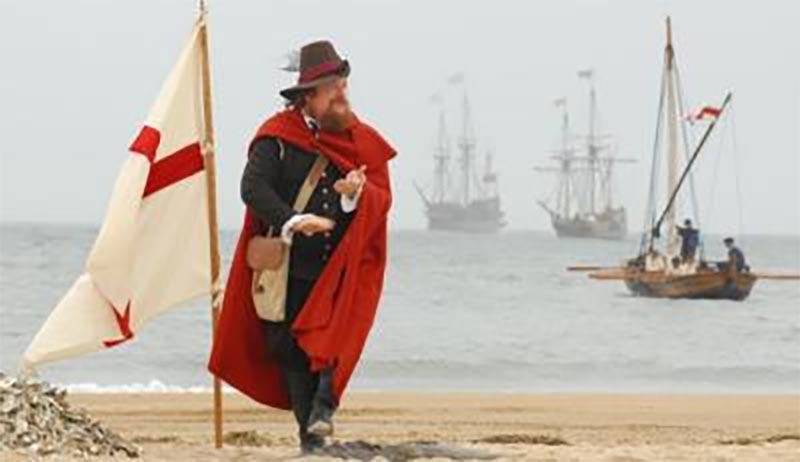On February 16, 1624, the name of Elias Legardo appeared in a registry of settlers of Virginia, in the present United States of America, who according to some historians would be the first Judeo-European immigrant to settle in North America, after having arrived three years earlier in the boat Abigail.
Leon Huhner, curator of the Judeo-American Historical Society, wrote in 1917 that he was a Sephardic descendant of Portuguese who had left the Iberian Peninsula during the Inquisition and had settled in Languedoc, France, where he was born in 1593.
This vintner is on the Abigail’s payroll, which would have arrived in November 1621, as part of a group of 19 settlers sent by John Bonall, King James’ guardian of the silkworms.
In the census of February 16, 1624, Legardo appears as a servant in Buckroe, in an area known as Elizabeth Cittie-Beyond the Hampton River, one of the political divisions of the Virginia colony, and Huhner speculated that his role was to teach the art of growing the vine.
On March 14, 1628, he rented 100 hectares in the area, with an agreement that in 1633 was extended for 21 years.
Shortly afterwards there are documents that he leased another 13 hectares that had belonged to his master, Anthonie Bonall.
Legardo’s last record dates from March 7, 1629, when Richard Stephens, a Jamestown merchant, reported him and Sergeant Coleman was unable to arrest him, so a court ordered another policeman to delay him and not release him without bond. , but the rest of the story is ignored.
It is believed that he married Rebecca Isaake, who also hailed from England and was in Virginia in 1624.
According to Huhner, Legardo died around 1670, at the age of 77. Genealogists believe that his surname mutated over the years into Elligood and Alligood.


























